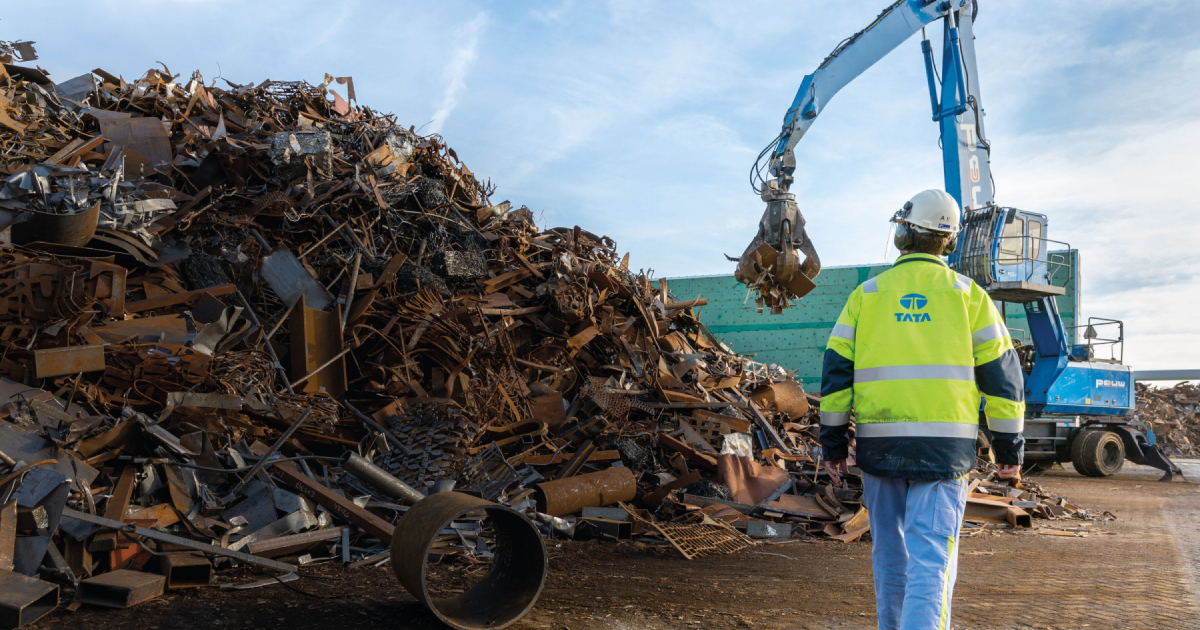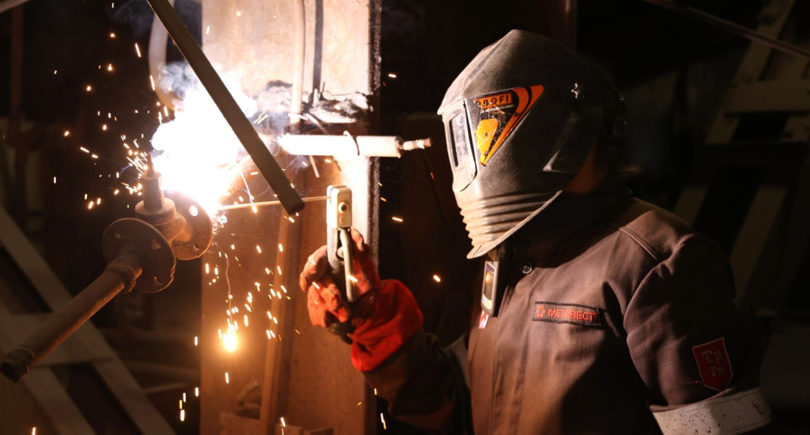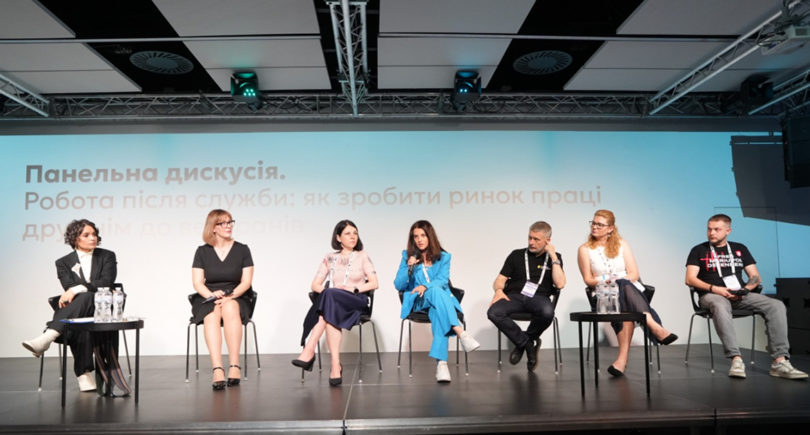
News Companies scrap metal 1187 16 June 2025
Reducing dependence on blast furnaces and the use of scrap is part of the development strategy
Tata Steel, a metallurgical company that implements low-carbon steel production technologies in India and Europe, aims to achieve production of 10-15 million tons through processing over the next 10-15 years. This was announced by the company’s CEO and Managing Director T. V. Narendran, according to The Hindu Businessline.
In the 2024/2025 financial year, Tata Steel produced 30.92 million tons of steel, with a global capacity of 35 million tons. The company now aims to increase its total capacity in India to 40 million tons by 2030. An important part of the strategy is the introduction of low-carbon technologies and reducing dependence on blast furnaces.
Tata Steel has already shut down blast furnaces at its Port Talbot plant (UK) and is building an electric arc furnace there that will run on scrap. A similar plan is being discussed with the Dutch government for the plant in Eemeden (Netherlands).
“So by 2035, there will be no blast furnaces operating in Europe. Therefore, instead of producing 10 million tons of steel using blast furnaces, we will produce 10 million tons using alternative technological methods, for example, more environmentally friendly ones,” said T. V. Narendran.
He recalled that several years ago, Tata Steel built a waste processing plant near Delhi. A steel mill with a capacity of 0.75 million tons is being built in Ludhiana (Punjab), and 100% of the raw materials for production will be scrap metal. Construction will be completed by the end of the 2024/2025 fiscal year.
As GMK Center reported earlier, Tata Steel has planned capital expenditures of approximately $1.76 billion for its operations in India, the UK, and the Netherlands in the 2025/2026 fiscal year. Approximately $1.29 billion will be spent on projects in India, including the expansion of the plant in Kalinganagar and the construction of a new electric arc furnace in Ludhiana, $223 million on UK operations, and the remainder on the Netherlands division.




